Bookless Study: ‘Study of Scholar Shan’
A study (‘shufang’) is also known as ‘shuzhai’ in Chinese. It used to refer to the special space set up by intellectuals for book collections, reading, and even writing. It can also be used for guest reception, music appreciation, and tea tasting. Throughout history, some studies have become famous in China. These include ‘Loushi’ (humble study) of Liu Yuxi, a poet of the Tang Dynasty, ‘Guilaitang’ (hall for coming back home) of the couple, Zhao Mingcheng and Li Qingzhao, from the Song Dynasty, ‘Laoxuean’ (hut of old scholars) of Lu You from the Song Dynasty, ‘Liaozhai Studio’ of Pu Songling from the Qing Dynasty, and ‘Yinbingshi’ (room for having some ice) of Liang Qichao, a modern philosopher and reformist. However, these studies have vanished from history. We can now only picture the scenery of these studies via the writings and stories left behind by their owners. For me, they must be solemn and elegant, brimming with the fragrance of books.
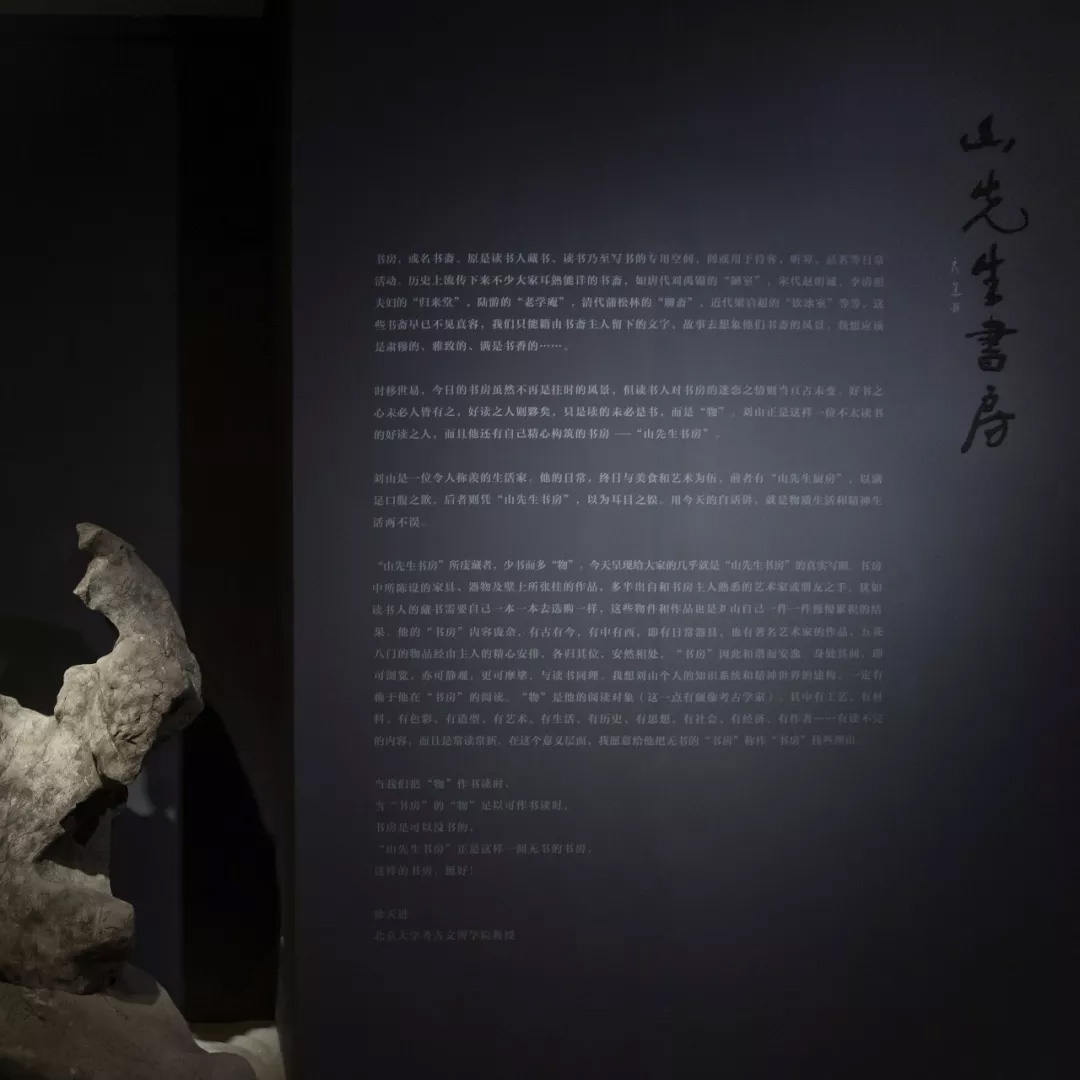
As times change, today’s studies are no longer what they used to be. Yet, the obsession of intellectuals with studies has never waned. Not everyone likes writing, but there are many who like reading, though what they read may not necessarily be books but ‘things’. Liu Shan happens to be a fan of such reading. However, he has a meticulously built study, known as the ‘Study of Scholar Shan’.
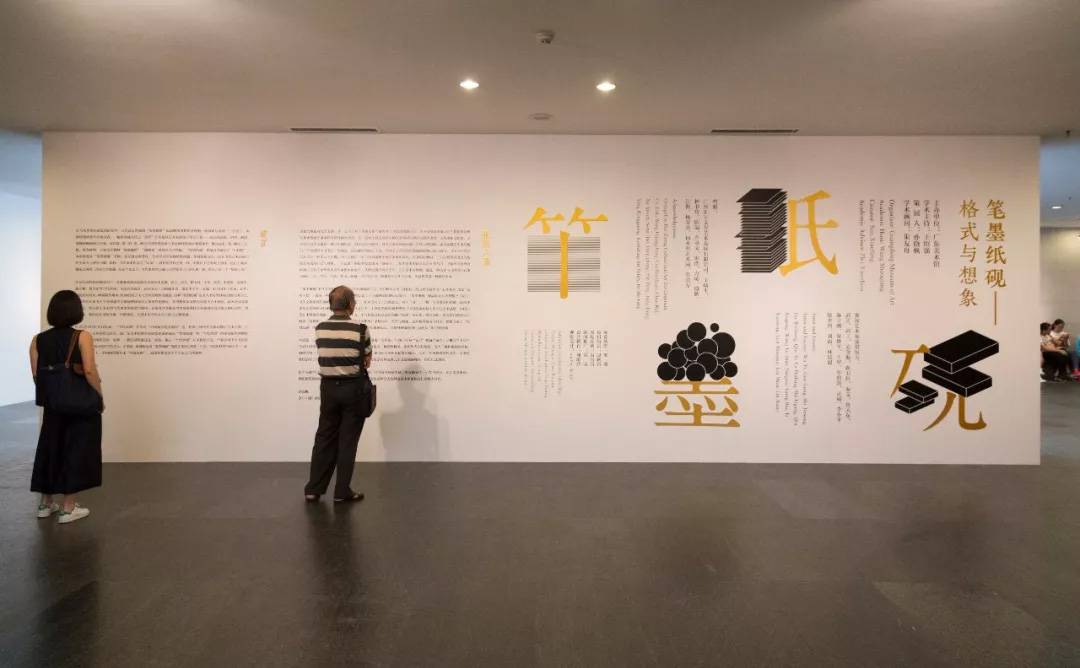
Liu Shan is a man who loves life and lives a life that people admire. In his everyday life, he is accompanied by delicious food and the arts. He has built a ‘Kitchen of Scholar Shan’ to satisfy his appetite and a ‘Study of Scholar Shan’ to entertain his eyes and ears. In the present world, one might say he enjoys an admirable material and spiritual life.
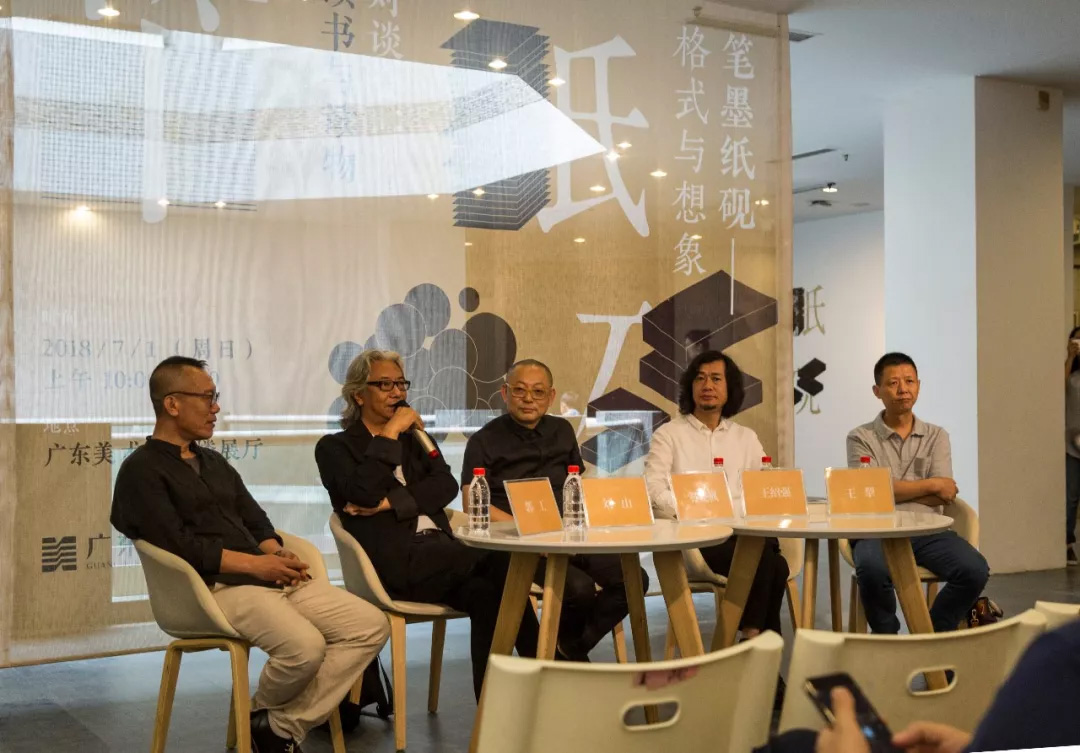
The ‘Study of Scholar Shan’ collects more ‘things’ than books. What you will see today is an authentic reproduction of the ‘Study of Scholar Shan’. The furniture, utensils, paintings, and calligraphy work on the wall are largely from artists acquainted with the owner or from his friends. Intellectuals prefer to select, on their own accord, the books they want to collect. In this fashion, these objects and works are collected by Liu Shan himself, one-by-one. His ‘study’ houses a wide variety of Eastern and Western items created from ancient times up until the present. Daily utensils are mixed with works by renowned artists. All manner of objects are meticulously arranged by the owner. Every one of them has its own position and is arranged in harmony with the others, which makes the ‘study’ harmonious and cozy. When in this ‘study’, you can browse through all the objects, observe silently, or touch them gently, just as one does when reading.
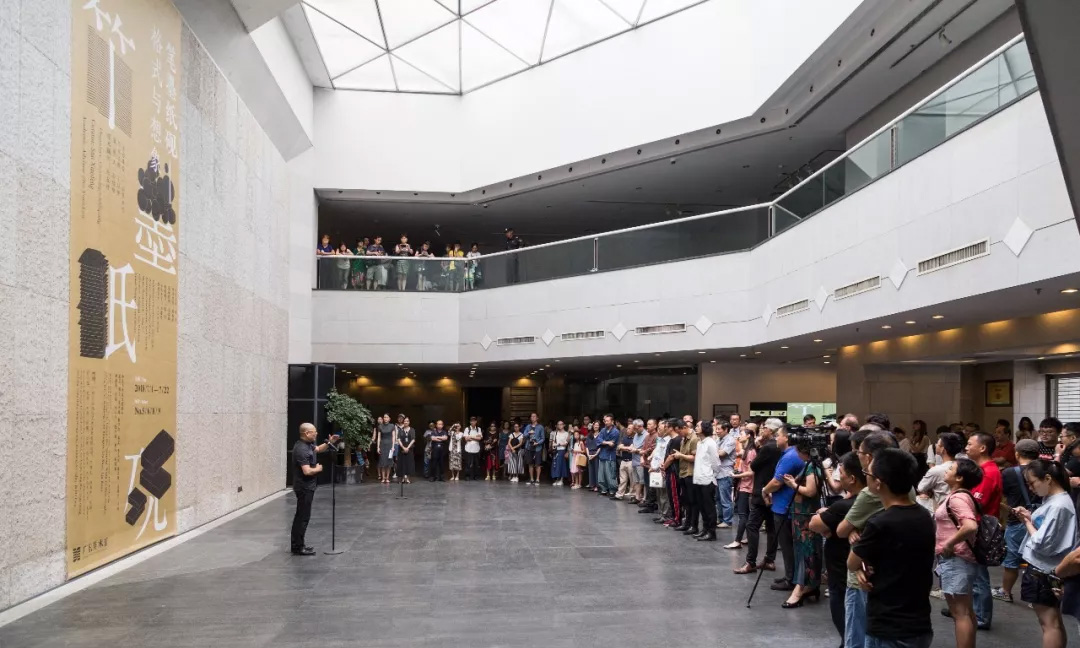
Liu Shan’s knowledge system and spiritual world, as I suppose, must have been formed thanks to his reading in his ‘study’. ‘Things’ are what he reads (a practice which resembles that of an archaeologist). These ‘things’ involve techniques, materials, colours, styling, arts, life, history, ideas, society, economy, and authors. The list is exhaustive and constantly updated. In this sense, I would like to find excuses for the bookless ‘study’.
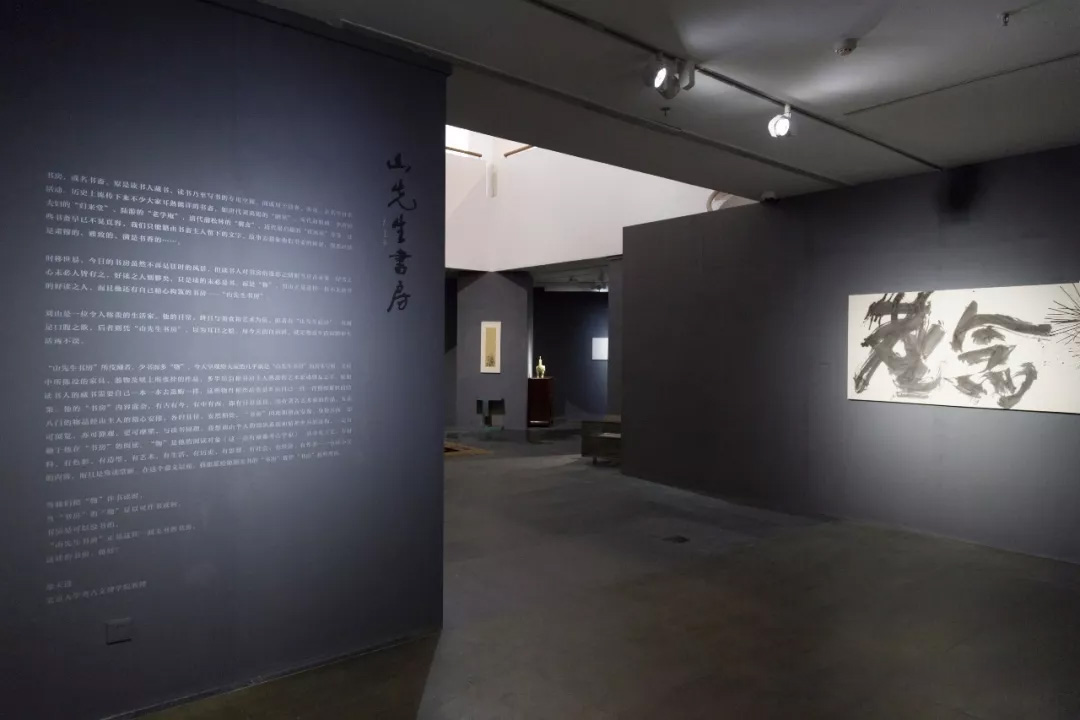
When we read ‘things’ as if they are books,
When the ‘things’ at a study can be read as books,
A study without books will do,
The ‘Study of Scholar Shan’ happens to be such a bookless study.
It’s nice to have such a study!
Peking University Archaeology and Museology College, Archeologist / Xu Tianjing
